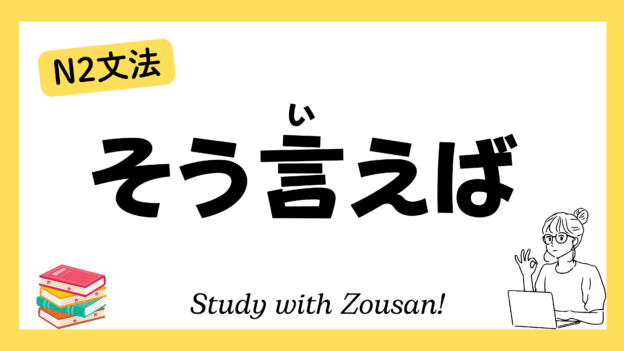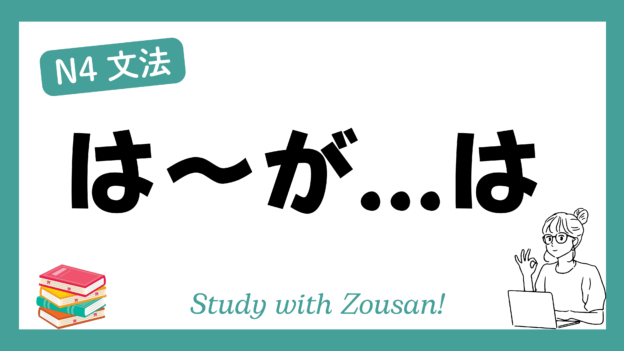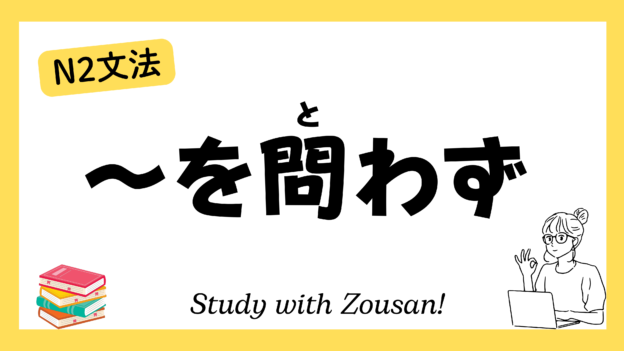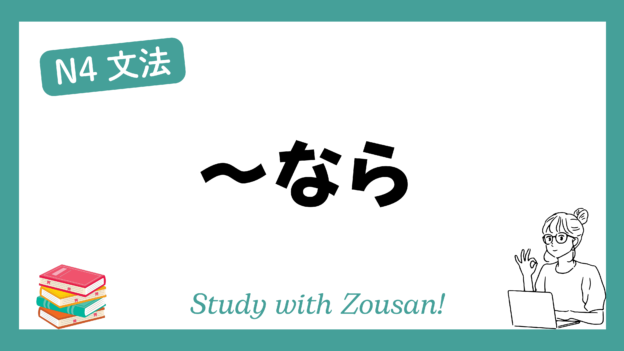N4文法:~て
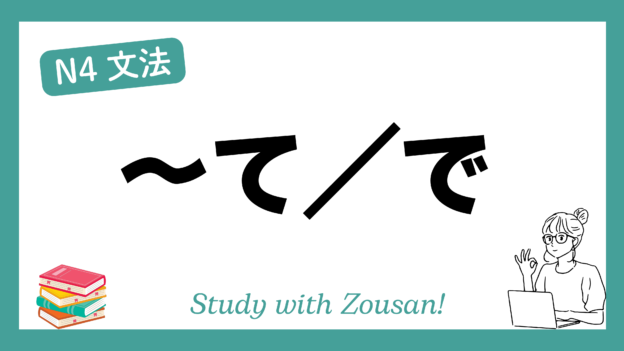
2024.11.01
Meaning: “And then… / Because… / By… / With…”
~て/で is used in various contexts to connect two or more clauses, expressing cause, means, condition, or describing how an action is performed. This is a fundamental structure in Japanese that helps link ideas or actions within a sentence.
※Note:
・~て is used after verbs and adjectives, while ~で is commonly used after nouns and certain な-adjectives.
・Depending on the context, ~て/で can have different meanings, such as indicating cause, result, method, or describing consecutive actions.
Structure:
| Verb (て form) |
| Noun +で |
| な-adjective + で |
| い-adjective + |
Example:
1. Sequential Actions
-
-
-
🌟 ご飯を食べて、宿題をします。
(ごはん を たべて、しゅくだい を します)
I will eat and then do my homework. -
🌟 ドアを開けて、中に入った。
(ドア を あけて、なか に はいった)
I opened the door and went inside. -
🌟 手を洗ってから、食事をしましょう。
(て を あらって から、しょくじ を しましょう)
Let’s wash our hands and then have a meal.
-
-
2. Cause/Reason
-
-
-
🌟 雨が降って、試合が中止になった。
(あめ が ふって、しあい が ちゅうし に なった)
It rained, so the match was canceled. -
🌟 風邪をひいて、学校を休みました。
(かぜ を ひいて、がっこう を やすみました)
I caught a cold and took a day off from school. -
🌟 忙しくて、全然遊べなかった。
(いそがしくて、ぜんぜん あそべなかった)
I was busy and couldn’t play at all.
-
-
3. Means/Method
-
-
-
🌟 日本語で話してください。
(にほんご で はなして ください)
Please speak in Japanese. -
🌟 この問題は簡単な方法で解決できる。
(この もんだい は かんたん な ほうほう で かいけつ できる)
This problem can be solved in a simple way. -
🌟 電車で行きます。
(でんしゃ で いきます)
I will go by train.
-
-
4. Describing State
-
-
-
🌟 彼は疲れていて、何も話せなかった。
(かれ は つかれて いて、なにも はなせなかった)
He was tired and couldn’t say anything. -
🌟 彼女は笑顔で挨拶した。
(かのじょ は えがお で あいさつ した)
She greeted with a smile. -
🌟 机の上に本がたくさん置いてある。
(つくえ の うえ に ほん が たくさん おいて ある)
There are many books placed on the desk.
-
-
5. Request/Instruction
-
-
-
🌟 早く来てください。
(はやく きて ください)
Please come quickly. -
🌟 電話をかけて、連絡してください。
(でんわ を かけて、れんらく してください)
Please call and contact me. -
🌟 このボタンを押して、電気をつけます。
(この ボタン を おして、でんき を つけます)
Press this button to turn on the light.
-
-





